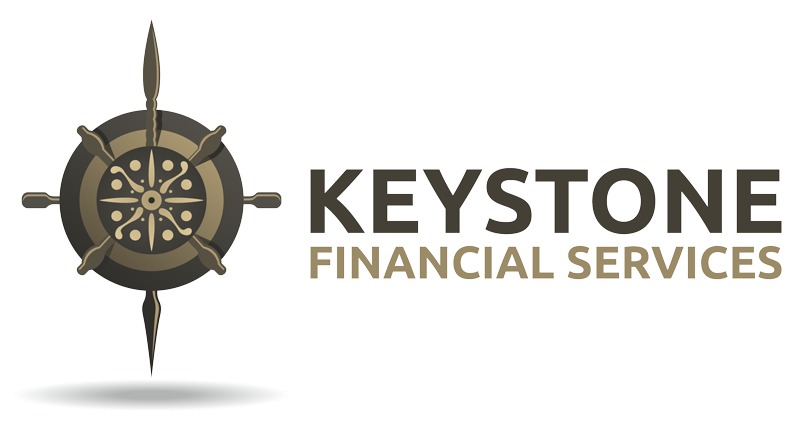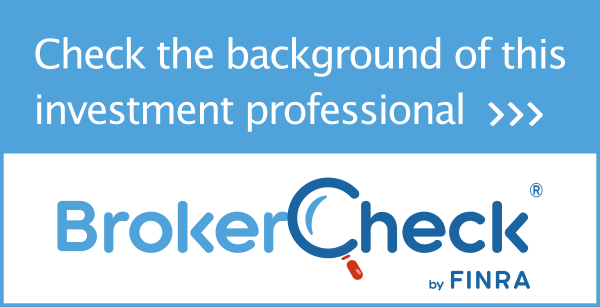Will You Outlive Your Income? How to be Certain You Won’t
Submitted by Keystone Financial Services on March 25th, 2015While our extended longevity should be greeted with gratitude for the possibility of enjoying a longer life with our grandchildren, many retirees are approaching it with trepidation, wondering if their hard earned assets will be sufficient to fulfill their vision of a good life for the rest of their life – however long it should last. At the critical point when assets are to be converted to income and a spend-down plan is launched, retirees need the assurance that they won’t outlive their income, which, to some retirees would be a fate worse than death.
Old Rules of Thumb Have Become Dangerous Assumptions
Unfortunately, the traditional and outdated retirement planning models espoused by the media and the general financial services population only serve to generate more angst among retirees. Not only do many of them still adhere to the old “allocate for your age” asset allocation strategy, they continue to base their spend-down plans on the traditional life expectancy model that requires us to die on time in order for the plan to work. In today’s near-zero-interest rate environment and in the face of life spans that can expand to age 100, these planning assumptions dangerously defy current realities.
There was a time, a few decades ago, when stock market returns and bond yields worked effectively in combination to generate stable and relatively good returns for retirement portfolios. It was then when the “allocate for your age” strategy provided retirement savers with a reasonably sound formula of asset allocation that, when adjusted for your age, would automatically moderate the portfolio’s volatility, reduce risk while still producing targeted returns. For instance, a 40 year old would be advised to allocate his age in bonds and the balance in equities – 40% bonds, and 60% stocks. At age 50, with 15 years left before retirement, he would adjust his allocation to 50/50. By age 60 - 40/60, and then by age 65 his allocation should be 35% bonds and 65% equities. This allocation strategy would continue throughout his life – 20/80, 10/90, etc.
With stocks and bonds generating steady returns throughout the 1990 and 2000s, this strategy would allow most retiree to draw down 4% of their assets to produce sufficient income for the rest of their lives – which, by the way, were shorter than today’s retirees. But during the next two decades, as bond yields decreased, and stock market volatility generated flat to low returns, financial advisors were forced to make some “adjustments” to their strategies in order to prevent an income shortfall before life expectancy. But, instead of changing the asset allocation, they experimented with decreasing the spend-down rate. So, instead of drawing down 4% of assets, retirees were advised to draw down 3% with some going even lower.
The Inherent Risks of Investing too Conservatively
In today’s environment, the biggest mistake pre-retirees and retirees can make is to invest too conservatively. An extensive study by Fidelity Investments offers clear evidence that portfolios overly weighted in “safe” investments are likely to exhaust their assets well before today’s life expectancy. It showed that a portfolio invested in 100% fixed or short term vehicles would be exhausted within 25 years base on a 5% draw down rate; whereas a portfolio with just 20% allocated in stocks would last another five years. A properly diversified portfolio of 50% stocks, 40% bonds and 10% in short term vehicles, would last indefinitely.
Increasing your exposure to equities, especially as part of your retirement income plan, may seem like a scary proposition. While there is risk, you are far more likely to lose asset value and purchasing power to inflations and longevity when investing to conservatively. Research has shown that the deliberate assumption of risk, when applied to a properly diversified portfolio of stocks, bonds and cash will consistently generate above-average returns while reducing overall portfolio volatility. It is through the management of risk, not the management of investments that the optimum level of stability and returns are achieved, and that must be the critical objective for any retiree.




